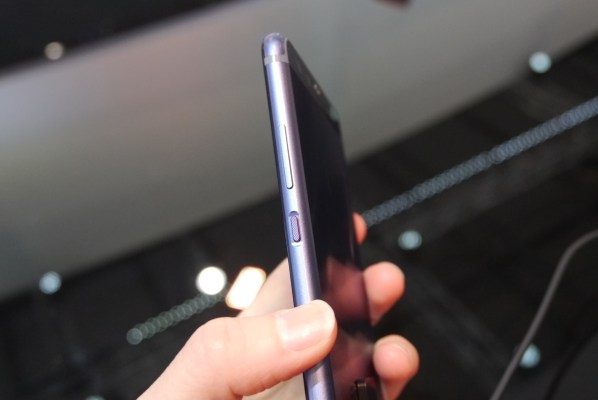Global smartphone sales have not been firing on all cylinders for several years now but Gartner’s latest figures record the first ever decline since the analyst began tracking the market all the way back in 2004. (Though it’s not the first analyst to call a decline.)
Gartner’s figures peg sales of smartphones to end users in Q4 2017 at nearly 408 million units — a 5.6 per cent decline over its Q4 2016 figure.
It says No.1 ranked smartphone maker Samsung saw a year-on-year unit decline of 3.6 per cent in Q4, while sales of Apple’s iPhones fell 5 per cent in the holiday quarter, though it says Cupertino stabilized its second-place marketshare.
Gartner says two main factors led to the Q4 sales drop: A slowing of upgrades from feature phones to smartphones due to a lack of quality “ultra-low-cost” smartphones; and existing smartphone owners selecting quality models and keeping them for longer, lengthening the replacement cycle.
Apple’s performance in Q4 was also impacted by the later availability of its new top-of-the-range iPhone X, which drove slower upgrades of its other two new smartphones, the iPhone 8 and 8 Plus. While component shortages and manufacturing capacity constraints also contributed to a long delivery cycle for the iPhone X.
Gartner says it’s expecting a delayed sales boost for Apple in the first quarter of 2018, now that the flagship’s delivery cycle has returned to normal.
It’s also expecting a boost for Samsung in Q1 as it unpacks its successor Galaxy flagships.
For full year 2017, Samsung carved out a 20.9 per cent marketshare to Apple’s 14.0 per cent.
Far East
Last month analyst Canalys reported a first annual decline in smartphone shipments in China — which for years took up the baton on smartphone growth from saturated Western markets. But even Chinese buyers appear to be getting tapped out.
It’s still a growth story for Chinese OEMs, though. And Gartner says the combined market share of Chinese vendors in the top five increased by 4.2 percentage points in 2017, while the market share of the top two, Samsung and Apple, remained unchanged.
China’s Huawei and Xiaomi were the only smartphone vendors to actively increase their market shares in Q4, according to Gartner, with year-on-year unit growth in the holiday quarter of 7.6 and 79 per cent, respectively.
The analyst credits Huawei’s uplift to broadening the appeal of its portfolio with new handset launches in the quarter. It also says Xiaomi’s “competitive” portfolio accelerating its growth in the emerging APAC market and helped it win back lost share in China.
Huawei remained in third place in the global smartphone vendor rankings, taking a 9.8 per cent share in full year 2017 and shrinking the gap with Apple and Samsung.
Overall, Gartner says total smartphone sales exceeded 1.5 billion units in 2017 — a year-on-year increase of 2.7 per cent.
On the OS front, Google’s Android platform extended its lead in 2017, taking an 86 per cent share of the total market, up 1.1 percentage points from a year ago. While iOS took 14 per cent. (The “other OS” category shriveled to a nearly non-existent 0.1 per cent.)
And as the world’s biggest mobile tradeshow, MWC, rolls around again, there will be some fresh Android-powered handsets being unboxed in the coming days — including from Samsung, Nokia-branded HMD and others.
